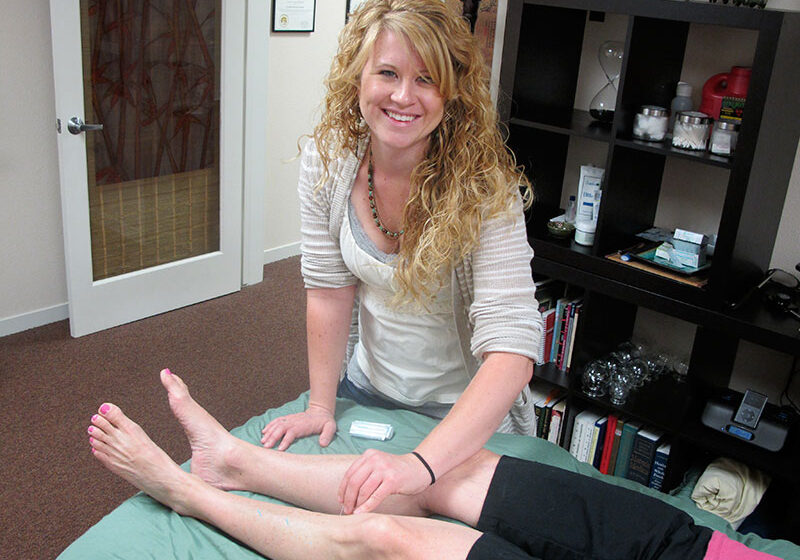A big smile with sparkling, white teeth is universally seen as a sign of good health. While parents are naturally eager to help their children have healthy, beautiful smiles and avoid the pain (and expense) of cavities, they don’t always know the best way to go about this.
North State Parent went to two of the region’s most respected dentists to find answers to many questions parents have about their children’s dental needs: Mt. Shasta’s Dr. Kevin Shearer, DDS; and Redding’s Dr. Ann Nguyen-Chung, DMD.
Dr. Shearer practices minimally invasive dentistry, a biometric approach focusing on the latest proven methods of conservative treatment and restorative techniques. Dr. Nguyen-Chung is a family dentist and founder and CEO of Happi Hippo Plant Organics, creator of eco-friendly and vegan dental and body care products. Their answers have been edited for length.

Lainey Smith and her sister, Charlotte, practice good dental hygiene based on helpful information from Dr. Nguyen-Chung, DMD and Dr. Kevin Shearer, DDS. Photo by Amber Thompson.
NSP: Are there any foods and any natural ingredients that help strengthen teeth?
Dr. S: The formation and mineralization of primary teeth often start while the baby is inside mom, and by the time you see the first bit of tooth showing through the gum tissue, it has already finished mineralizing. As your toddler starts to move and run around, the permanent teeth are starting to get their shape, and usually the first molars erupt around age 6, followed closely by front teeth around age 6-7. Whatever is good for your child’s overall bodily health will be good for their teeth; the more whole plant-based foods in their natural state the better, as well as plenty of sunshine, exercise and water.
There is an abundance of natural dental products out there. Xylitol is a natural sugar that has been found to reduce the activity level of some of the bacteria that can start tooth decay, and there are some great-tasting kids’ xylitol toothpastes out there. They can make regular brushing more enjoyable and flavorful, which may make compliance easier.
Dr. N-C: Proper nutrition is not only key to your child’s growth and development, but it can also strengthen and remineralize teeth. I recommend foods that are naturally high in calcium and/or phosphates, such as broccoli, cauliflower, spinach, nuts, beans, peas, and mushrooms.
Fibrous vegetables, such as carrots and celery are not only packed with vitamins, but they also act as natural toothbrushes for the mouth, which can help “brush” away food from the deep crevices from your child’s teeth. Pair these veggies with peanut butter or hummus for a delicious snack!
NSP: Can you share tips on getting children to brush their teeth?
Dr. N-C: Getting your children to brush their teeth can be tricky and frustrating for many parents. Children often mimic the behavior of their parents. Make it a regular family routine and brush your teeth together. Make sure to help your child brush the “hard to reach” areas.
For infants and toddlers who may not yet be as cooperative, try brushing their teeth right after bath time. Wrap their body and arms snugly in a warm towel, which can make it easier to brush their teeth when their arms are secured by the towel.
Dr. S: Make it fun! There’s a fantastic iPhone/iPad app called MyTeeth and the kids can pick different characters to follow while brushing, and you can customize brushing types and times. When kids are beginning to brush on their own, they are able to watch and follow it while they brush their teeth, and it helps pass the time.
Brush with baking soda (sodium bicarbonate); the orange box of Arm and Hammer salty white powder from the store. There is no such thing chemically as “organic” baking soda – it’s a gimmick to get you to pay more, just like gluten-free water. Baking soda has a high pH and it’ll help shift your mouth to a basic environment, where bacteria will not thrive as much, and has been a game changer for the patients who use it in our office.
NSP: Why are adult teeth much more yellow than baby teeth?
Dr. S: Your adult teeth are white like your baby teeth when they come in, starting around age 6-7, but as we age teeth absorb minerals and stains from food and drinks. You can keep your teeth whiter by maintaining regular cleanings, but some teeth are more prone to stain absorption than other teeth, even across family members, so you can use dentist-dispensed or store-bought whitening agents which will help whiten the teeth. There are the rare genetic outliers whose teeth are Hollywood white just like there are those who have never seen the dentist and have nearly perfect gum/bone health with no history of fillings or cavities. But for the rest of us mere mortals, we have to work at “keeping up with the Jones’.”
Dr. N-C: This is normal and nothing to be concerned about. The key is to make sure the yellow color is not from a film on the teeth due to not brushing carefully. If yellow teeth are still a concern when the child is older, the best thing is to wait until the age of 14 or 15 to consider any type of bleaching. Discuss with your child’s dentist prior to bleaching your teen’s teeth to ensure there are no other underlying issues.
NSP: Can you share some tips for good habits to establish and bad habits to break with daily dental care?
Dr. N-C: Discourage your kids from using their teeth as tools, such as biting nails or opening snack bags with teeth. This can potentially cause painful fractures and chips in teeth.
See the dentist every six months. Children’s teeth are much softer than adult teeth. A cavity that has started on a baby tooth can spread very quickly if not addressed in a timely manner. As a result, this can result in pain or even life threatening situations from dental infections. Keeping routine dental check ups can help prevent these problems.
Brush and floss teeth immediately after finishing dinner instead of waiting right before bed when you and your child are tired and sleepy. This will ensure teeth are brushed before your child falls asleep instead of allowing bacteria to feast on your child’s teeth for the 8+ hours while your child is sleeping.
Give your child water to drink after eating, especially after consuming anything acidic, such as orange juice. Water will not only help flush food away from the child’s teeth, but it will keep your child hydrated and aid in maintaining a healthy pH in the mouth to keep teeth strong.
Dr. S: The biggest cause of decay I’ve seen is snacking. Doesn’t matter if it’s celery sticks, store-bought snack-a-puff-a-doos from wally world. Anything that can be a source of food or nutrients for your body can also be a source of food for the bacteria in your mouth. Eat no more than three times a day, with water between. This allows 3-4 hours between meals for your mouth pH to shift into a remineralization zone, and this allows the minerals that are naturally in your saliva to be deposited back into your teeth. Some daycares, public and private schools are a problem as they allow, and sometimes promote, snacking by having a snack time mid-morning, and I see a lot of decay in kids who eat and snack all day.
Posted in: Health & Nutrition
Comment Policy: All viewpoints are welcome, but comments should remain relevant. Personal attacks, profanity, and aggressive behavior are not allowed. No spam, advertising, or promoting of products/services. Please, only use your real name and limit the amount of links submitted in your comment.
You Might Also Like...
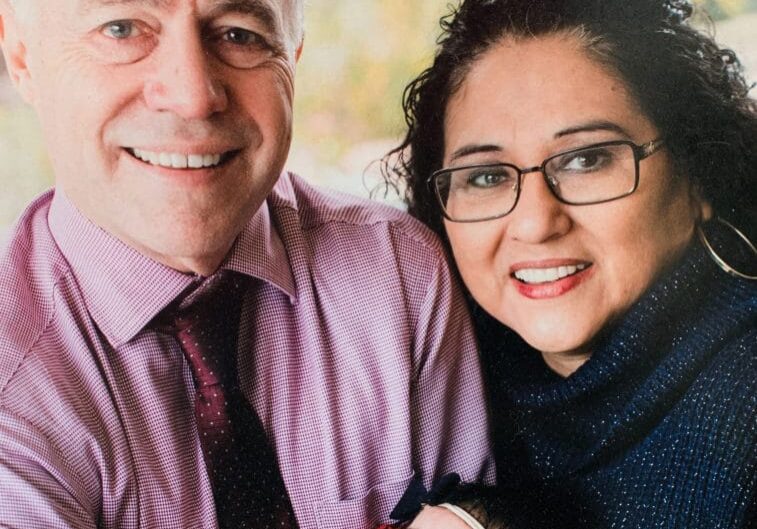
Dr. Bill Harden: A Life’s Investment In His Daughters
Working on six continents? Raising killer bees? Becoming a family physician at 35? All of these could give Dr. Bill Harden a reason to boast, but there is something far […]
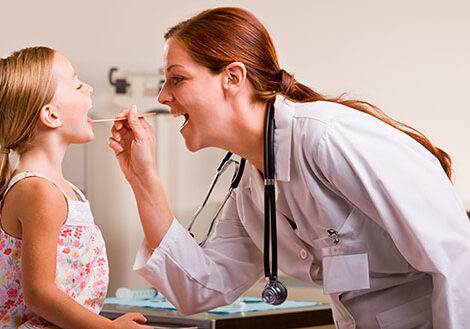
Children’s Oral Health Care – Myths Every Parent Should Know
All parents want what is best for their children, but no one has all the answers. Take oral health for example. Over the last decade, oral health has become an […]
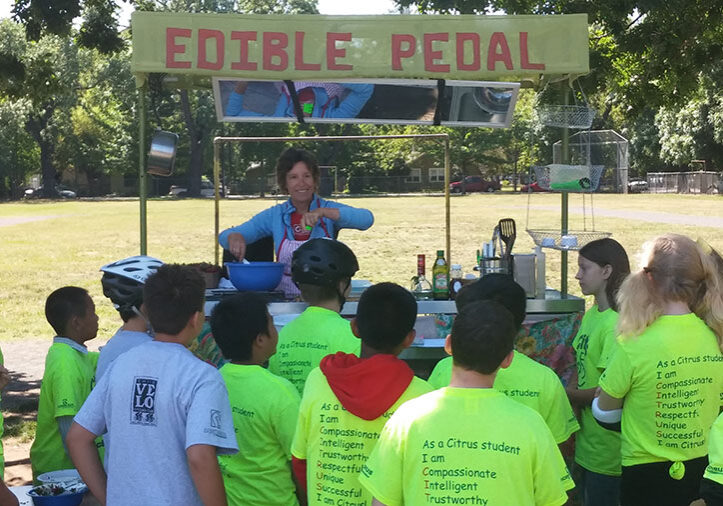
Bike Kitchen Peddles Good Nutrition
Looking for new ideas for preparing healthy foods? Keep an eye out for a pedal-driven kitchen at local farmers markets and community events in Chico. Called the Edible Pedal, the […]
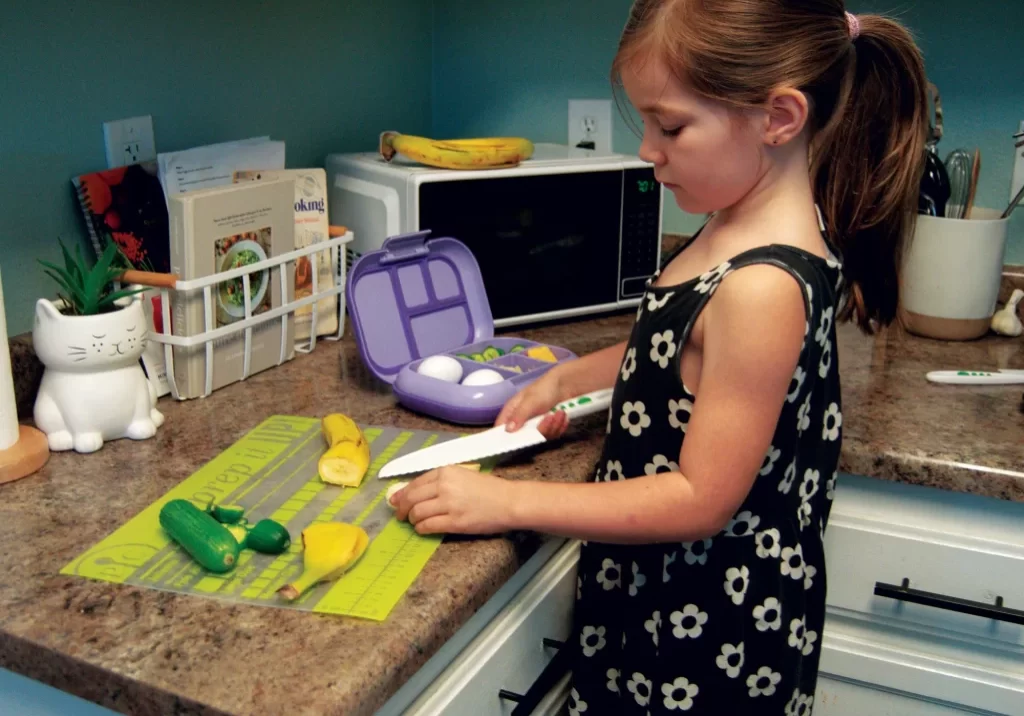
Easy, Healthy School Lunches Kids Will Love
It’s that time again . . . let the packed lunches begin (sigh). Within the hustle and bustle of getting your kids out the door in the morning, packing lunches […]



